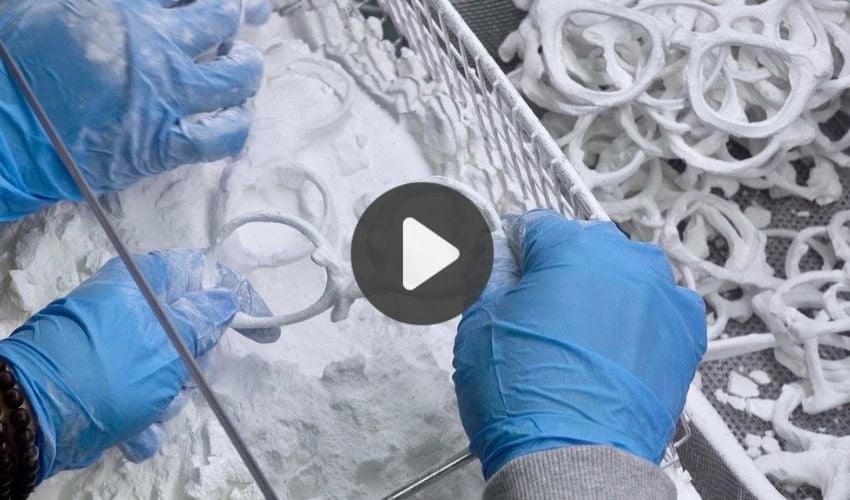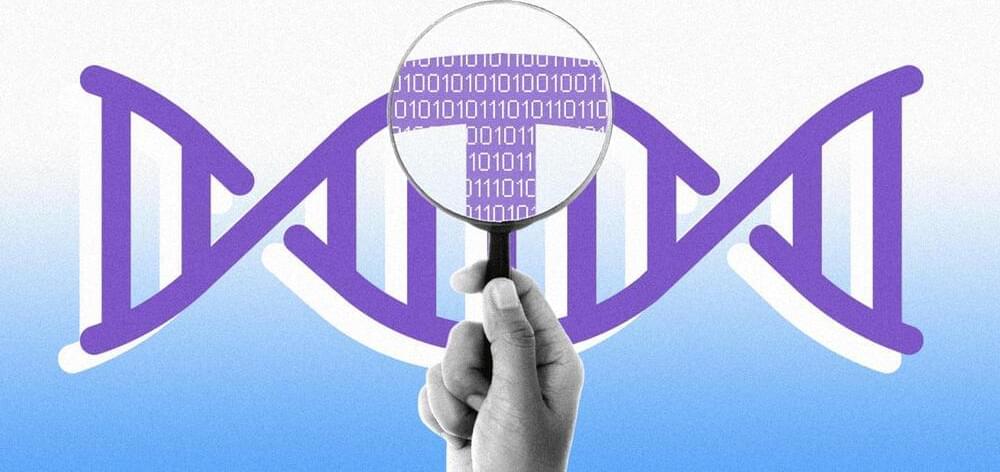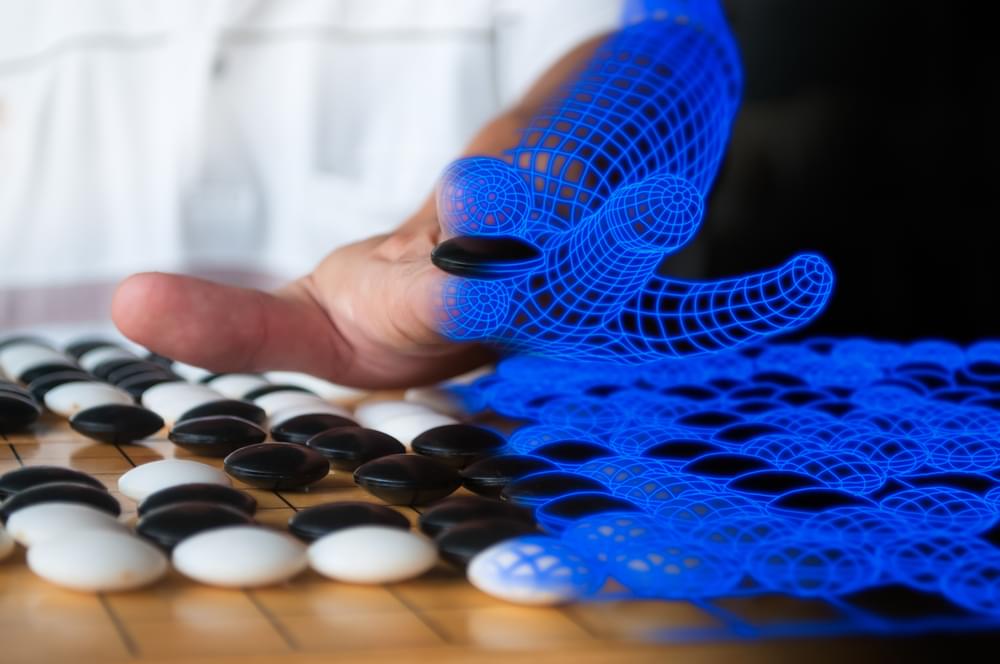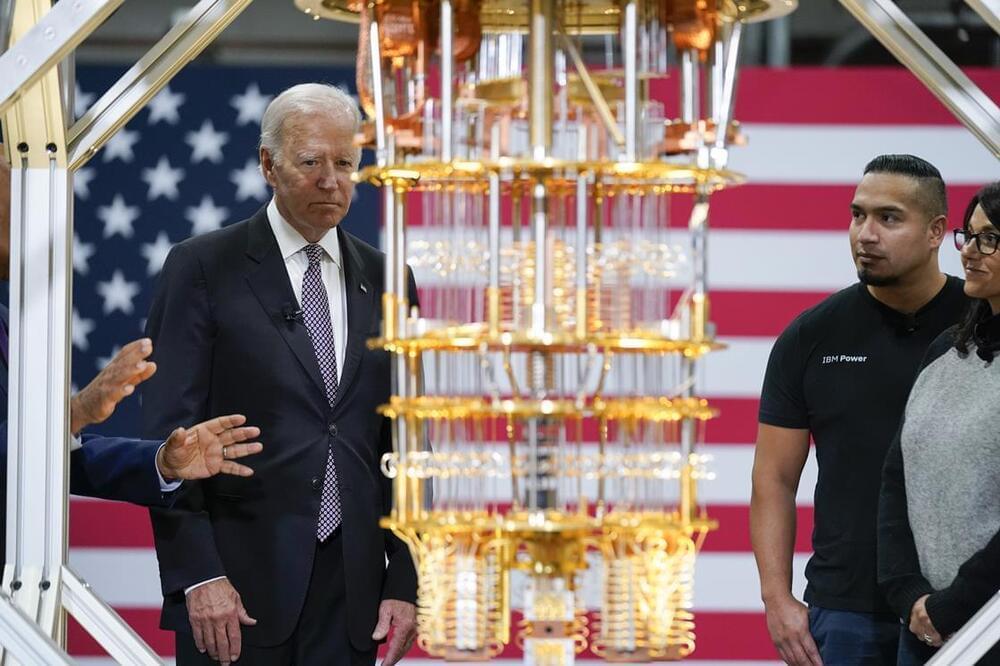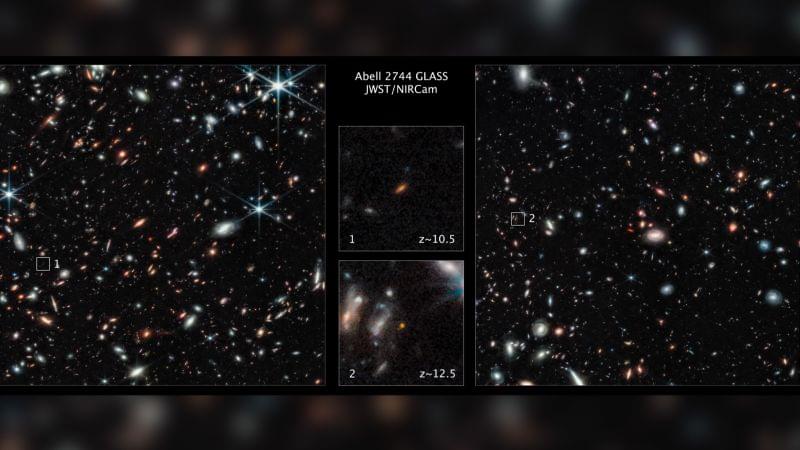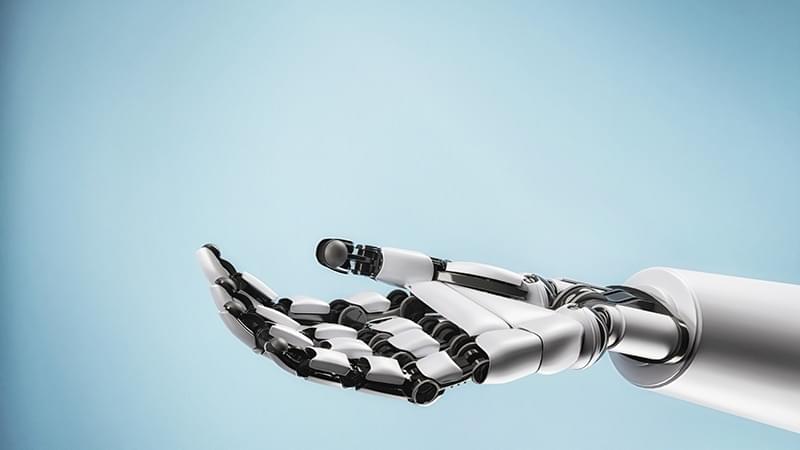Our selection of the top 5 videos from this week include 3D printed custom glasses manufacturer, John Deere’s printed parts and more! Enjoy.
Page 4269
Nov 18, 2022
DNA Data Storage: The Next Chapter
Posted by Montie Adkins in categories: biotech/medical, computing
DNA — nicknamed “nature’s storage medium” — has accurately stored the instruction sets for all life on Earth for billions of years. But it also may hold the keys to managing explosive data growth and storing archival data for generations to come.
The idea of storing digital data in DNA dates back more than a half century, but making it a reality has accelerated in recent years with advances in biotechnology and declining costs of genome sequencing.
Dave Landsman is the senior director of industry standards and a distinguished engineer at Western Digital. For the past two years, he’s been one of the principals in the company’s exploration of DNA data storage.
Nov 18, 2022
Adversarial Attack Beats Near-Superhuman AI Go Player
Posted by Jose Ruben Rodriguez Fuentes in categories: robotics/AI, security
Computer security specialists had hoped Go-playing AI agents would be immune to adversarial attacks. Now it’s back to the drawing board.
Nov 18, 2022
What if women never had to give birth again?
Posted by Shane Hinshaw in categories: biotech/medical, futurism
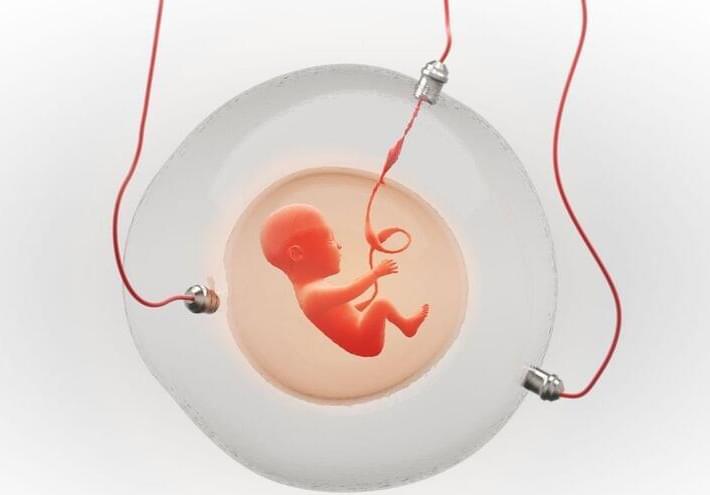
The idea of human ectogenesis — growing a baby in an artificial environment outside of the human body — has always been considered in the realms of science fiction, however it may not be for much longer.
Scientific developments in this field have been taking big steps forward in recent years, particularly in our ability to care for extremely preterm babies. However, just how close are we to being able to create human life entirely outside of the human body? And in a potential future, where women no longer had to give birth, what societal impacts might that have on gender equality and our conceptions of what it means to be a mother?
Continue reading “What if women never had to give birth again?” »
Nov 18, 2022
Quantum computing has its limits
Posted by Paul Battista in categories: computing, military, quantum physics
Error-prone qubits mean quantum systems do not yet surpass classical methods.
In a talk at the Massachusetts Institute of Technology in 1981, Richard Feynman spoke about ‘simulating physics with computers’. This was already being done at the time, but Feynman said he wanted to talk ‘about the possibility that there is to be an exact simulation, that the computer will do exactly the same as nature.’ But as nature is quantum-mechanical, he pointed out, what you need for that is a quantum computer.
The rest is history – but history still in the making. When I recently asked David Deutsch, the visionary physicist who in 1985 laid out what quantum computing might look like, whether he was surprised at how quickly the idea became a practical technology, he replied with characteristic terseness: ‘It hasn’t.’ You can see his point. Sure, in October President Joe Biden visited IBM’s new quantum data centre in Poughkeepsie, New York, to see an entire room filled with the company’s quantum computers. And on 9 November IBM announced its 433-quantum-bit (qubit) Osprey processor, although it seems only yesterday that we were getting excited at Google’s 53-qubit Sycamore chip – with which the Google team claimed in 2016 to demonstrate ‘quantum supremacy’, meaning that it could perform a calculation in a few days that would take the best classical computer many millennia.1 This claim has since been disputed.
Nov 18, 2022
Dr. Peggy Hamburg, MD — Chair, Nuclear Threat Initiative (NTI), bio Advisory Group
Posted by Ira S. Pastor in categories: biotech/medical, engineering, government, health, neuroscience
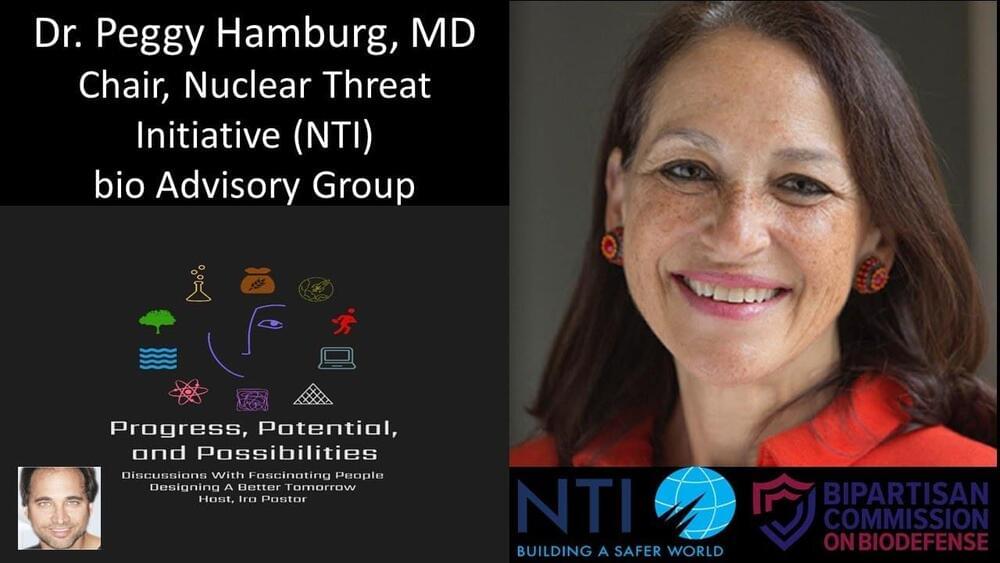
Guarding Against Future Global Biological Risks — Dr. Margaret “Peggy” Hamburg, MD — Chair Nuclear Threat Initiative, bio Advisory Group; Commissioner, Bipartisan Commission on Biodefense; former Commissioner, U.S. Food and Drug Administration (FDA)
Dr. Margaret “Peggy” Hamburg, MD is an internationally recognized leader in public health and medicine, who currently serves as chair of the Nuclear Threat Initiative’s (NTI) bio Advisory Group (https://www.nti.org/about/people/margaret-hamburg-md/), where she has also served as founding vice president and senior scientist. She also currently holds a role as Commissioner on the Bipartisan Commission on Biodefense (https://biodefensecommission.org/teams/margaret-a-hamburg/).
Nov 18, 2022
Webb telescope finds two of the most distant galaxies ever observed
Posted by Shubham Ghosh Roy in category: cosmology
The James Webb Space Telescope has spied one of the earliest galaxies formed after the big bang, about 350 million years after the universe began.
The galaxy, called GLASS-z12, and another galaxy formed about 450 million years after the big bang, were found over the summer, shortly after the powerful space observatory began its infrared observations of the cosmos.
Webb’s capability to look deeper into the universe than other telescopes is revealing previously hidden aspects of the universe, including astonishingly distant galaxies such as these two finds.
Nov 18, 2022
Black holes could reveal their quantum-superposition states, new calculations reveal
Posted by Shubham Ghosh Roy in categories: cosmology, particle physics, quantum physics, singularity
Quantum superposition is not just a property of subatomic particles but also of the most massive objects in the universe. That is the conclusion of four theoretical physicists in Australia and Canada who calculated the hypothetical response of a particle detector placed some distance from a black hole. The researchers say the detector would see novel signs of superimposed space–times, implying that the black hole may have two different masses simultaneously.
Black holes are formed when extremely massive objects like stars collapse to a singularity – a point of infinite density. The gravitational field of a black hole is so great that nothing can escape its clutches, not even light. This creates a spherical region of space around the singularity entirely cut off from the rest of the universe and bounded by what is known as an event horizon.
An active area of research into the physics of black holes seeks to develop a consistent theory of quantum gravity. This is an important goal of theoretical physics that would reconcile quantum mechanics and Einstein’s general theory of relativity. In particular, by considering black holes in quantum superposition, physicists hope to gain insights into the quantum nature of space–time.
Nov 18, 2022
Humanoid Robots: Sooner Than You Might Think
Posted by Dan Kummer in category: robotics/AI
Not without human level hands. and should be 1. on list. and i dont see it til 2030 at earliest.
 Robots are making their first tentative steps from the factory floor into our homes and workplaces. In a recent report, Goldman Sachs Research estimates a $6 billion market (or more) in people-sized-and-shaped robots is achievable in the next 10 to 15 years. Such a market would be able to fill 4% of the projected US manufacturing labor shortage by 2030 and 2% of global elderly care demand by 2035.
Robots are making their first tentative steps from the factory floor into our homes and workplaces. In a recent report, Goldman Sachs Research estimates a $6 billion market (or more) in people-sized-and-shaped robots is achievable in the next 10 to 15 years. Such a market would be able to fill 4% of the projected US manufacturing labor shortage by 2030 and 2% of global elderly care demand by 2035.
GS Research makes an additional, more ambitious projection as well. “Should the hurdles of product design, use case, technology, affordability and wide public acceptance be completely overcome, we envision a market of up to US$154bn by 2035 in a blue-sky scenario,” say the authors of the report The investment case for humanoid robots. A market that size could fill from 48% to 126% of the labor gap, and as much as 53% of the elderly caregiver gap.
Continue reading “Humanoid Robots: Sooner Than You Might Think” »
Nov 18, 2022
One-unit-cell thick semiconductors with room-temperature magnetism
Posted by Saúl Morales Rodriguéz in category: particle physics
The discovery of magnetism in two-dimensional (2D) ultrathin crystals opens up opportunities to explore new physics and to develop next-generation spintronic devices. However, 2D magnetic semiconductors with Curie temperatures higher than room temperature have rarely been reported. Researchers now show that high-quality, nonlayered cobalt ferrite nanosheets as thin as a single unit cell can be synthesized via van der Waals epitaxy.
